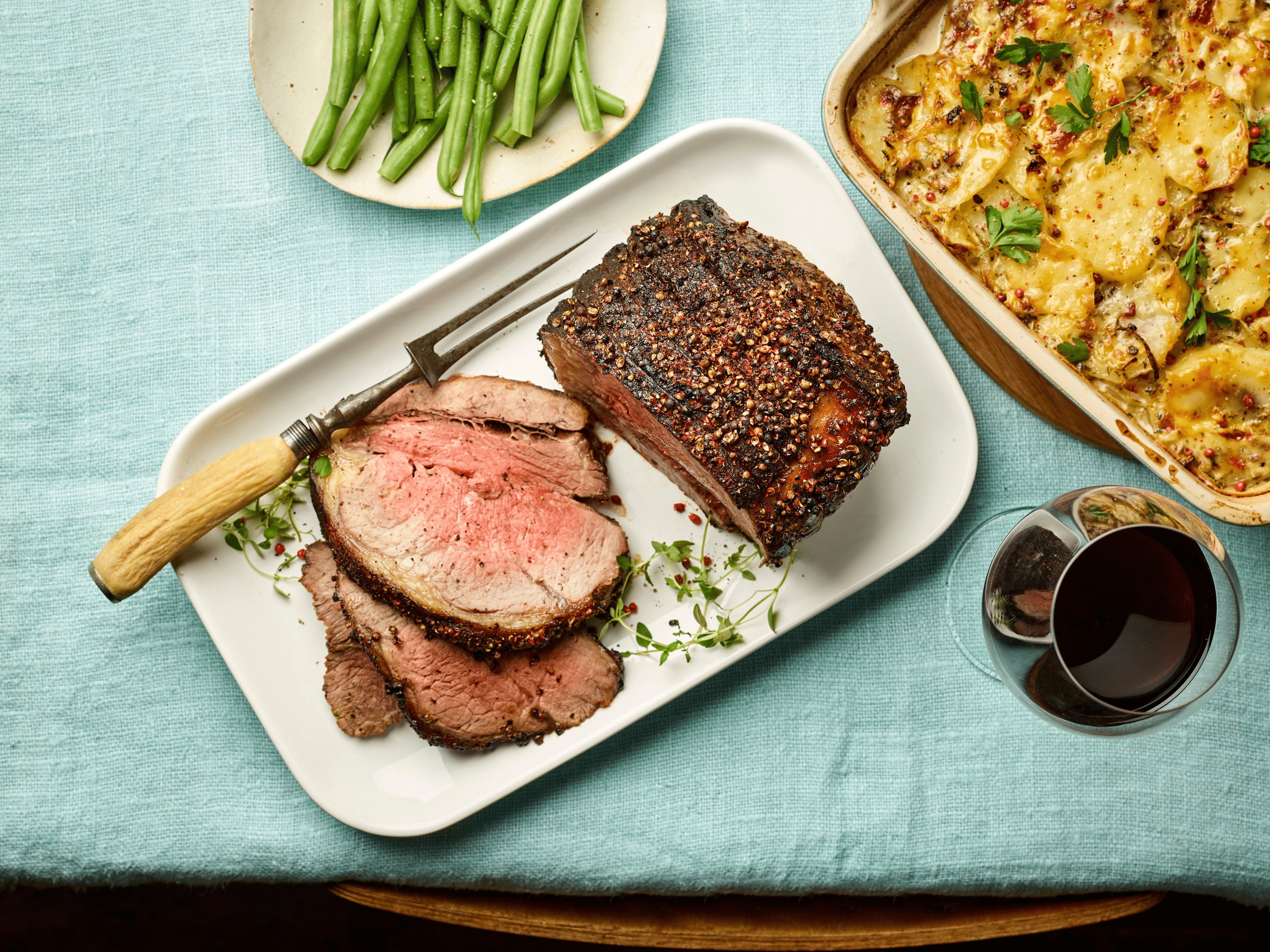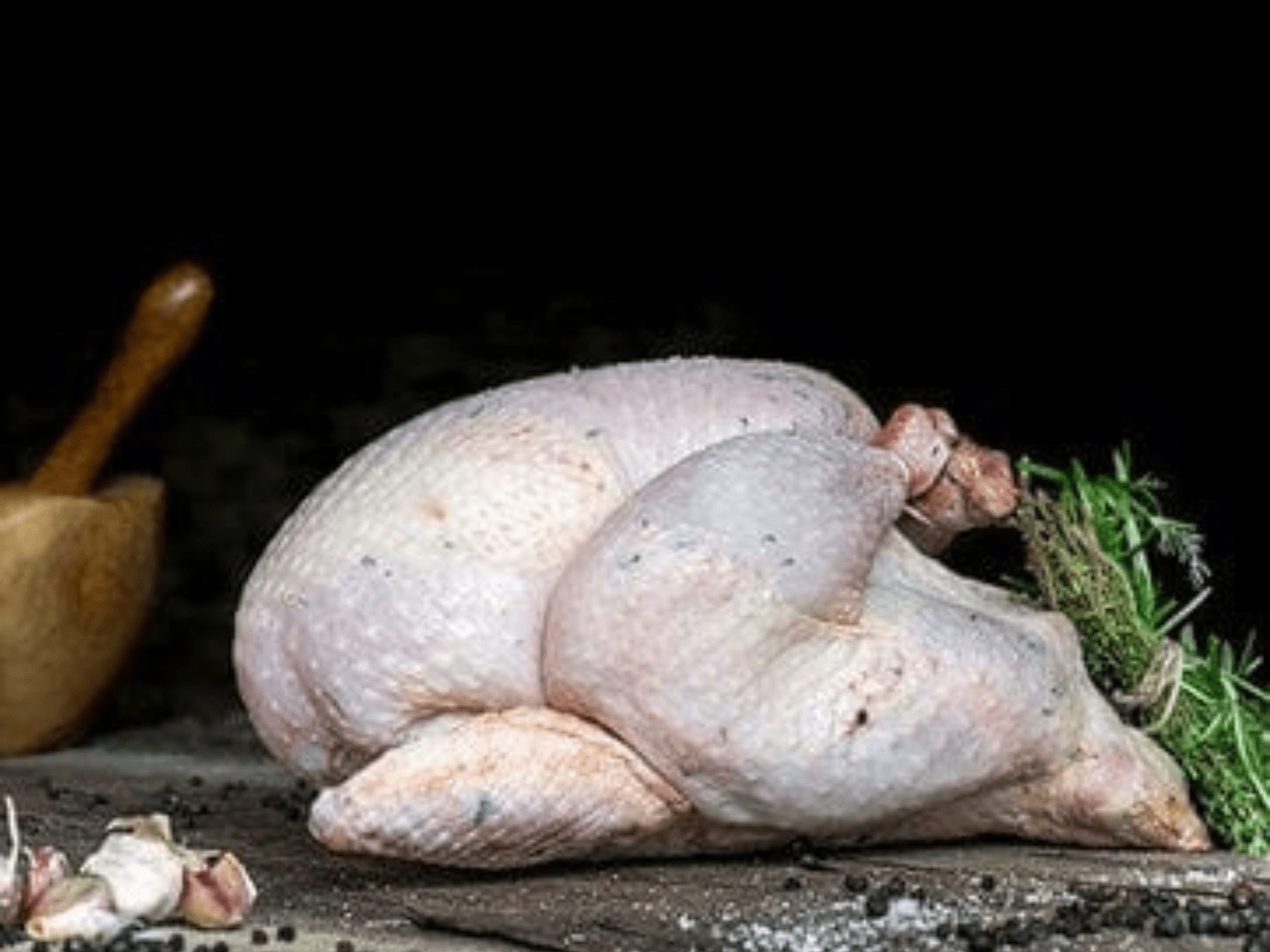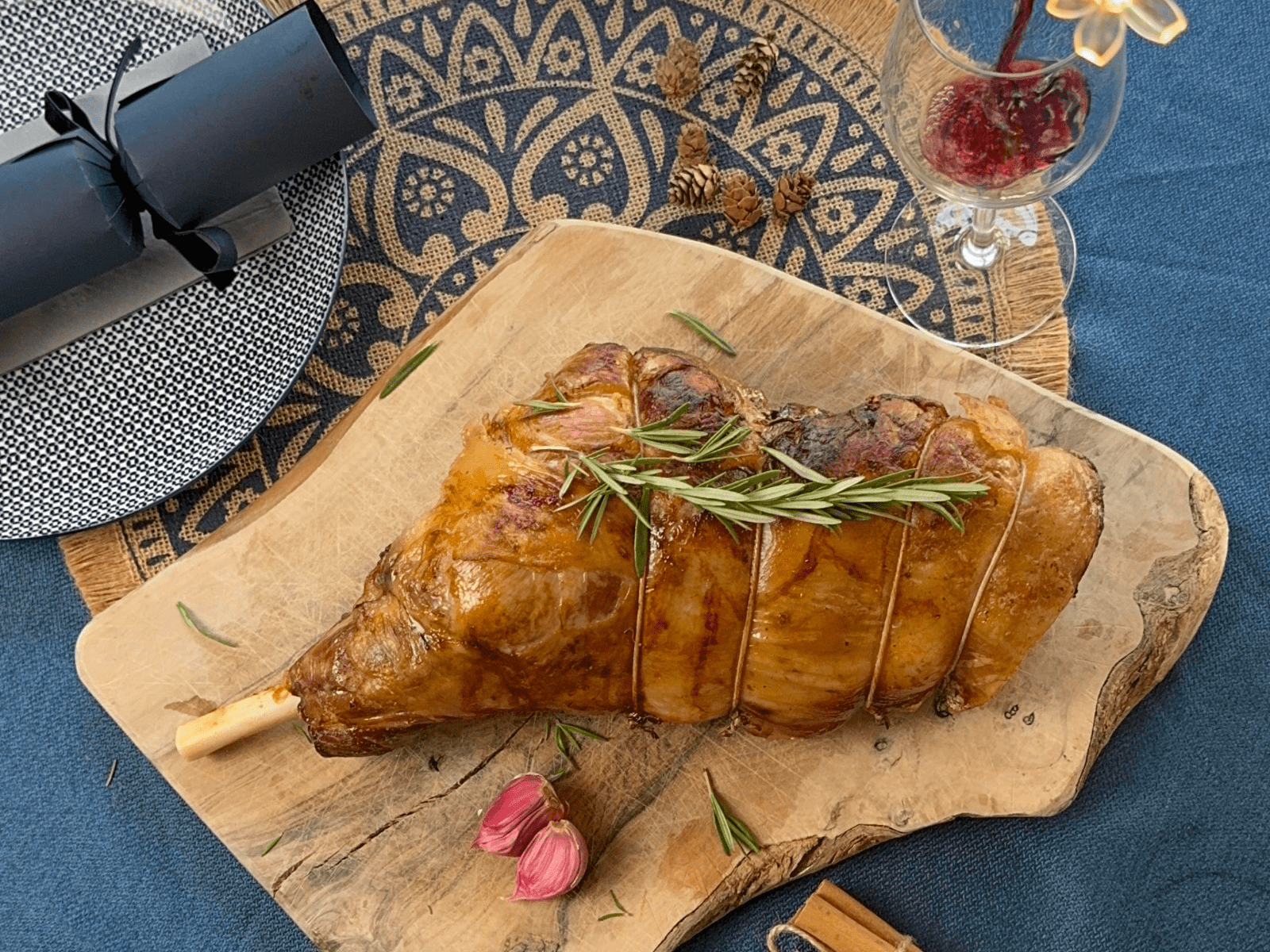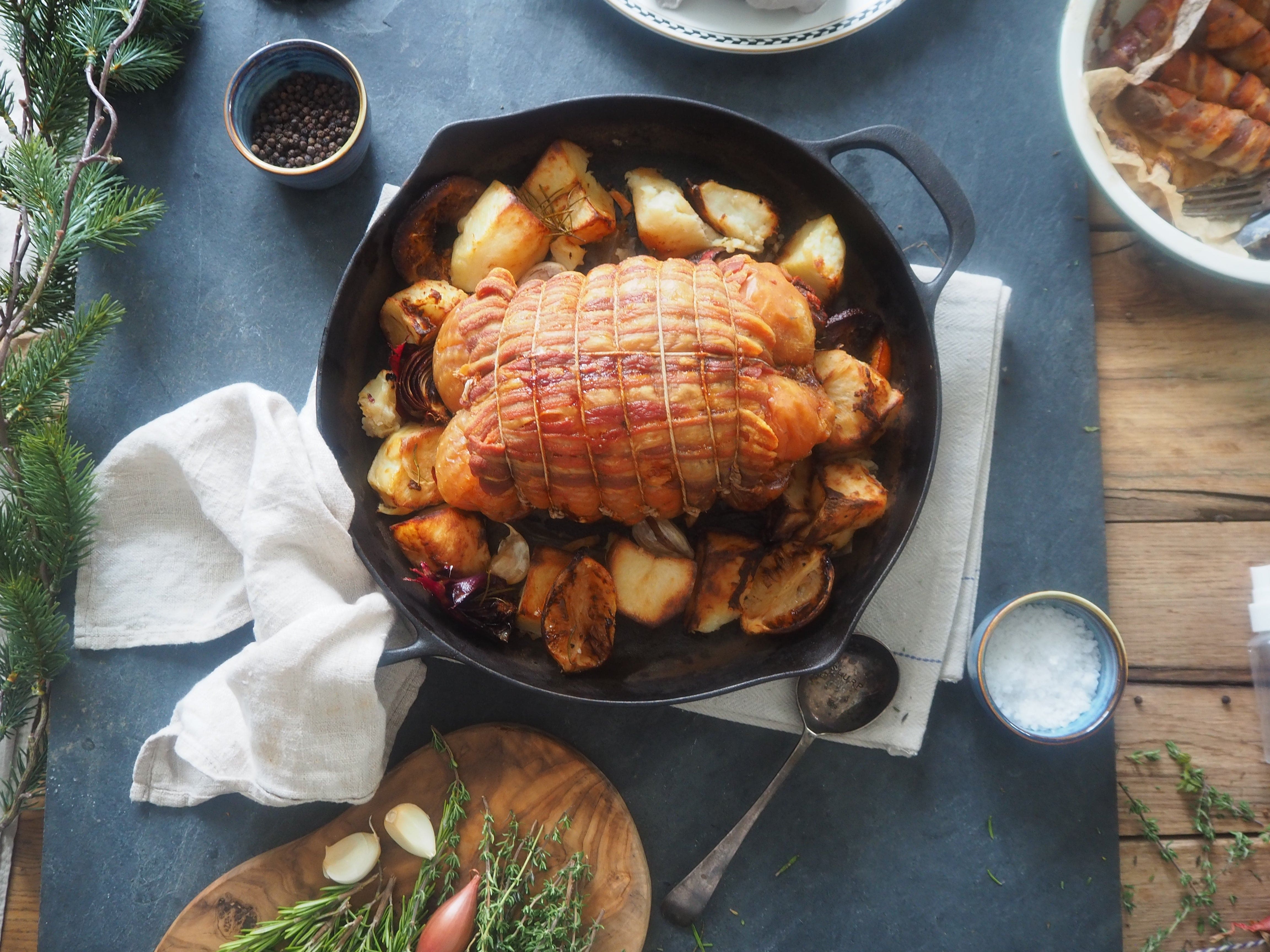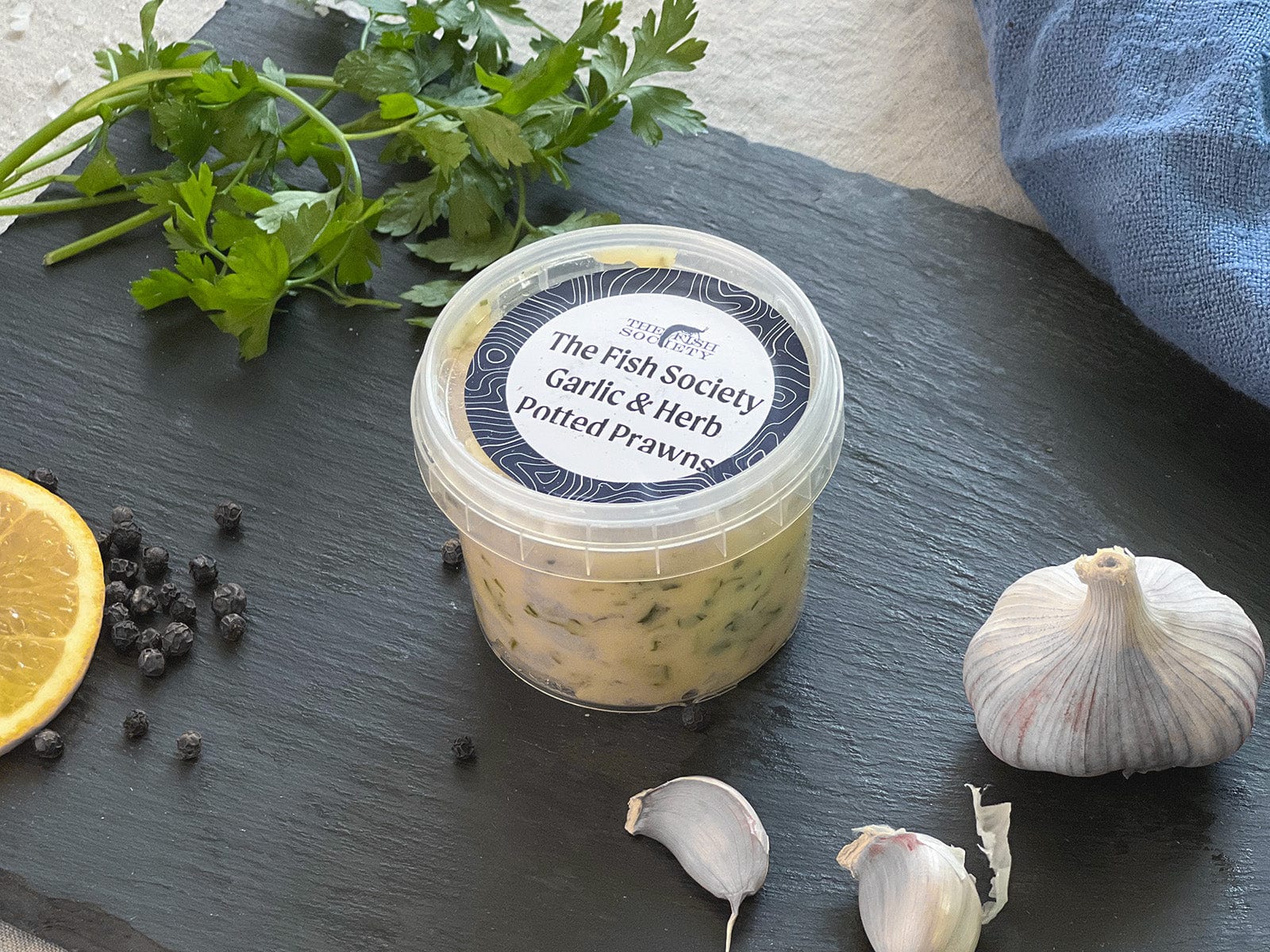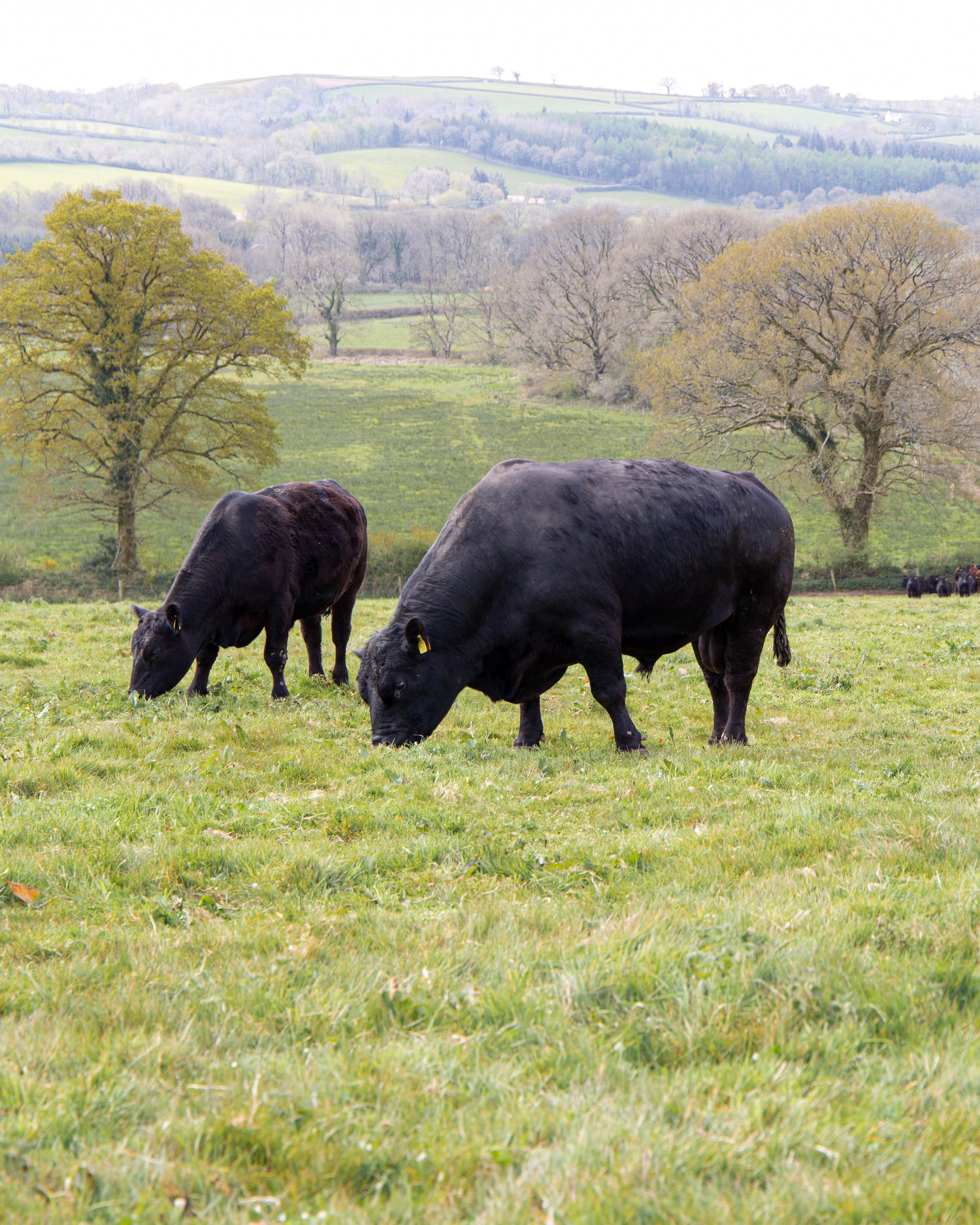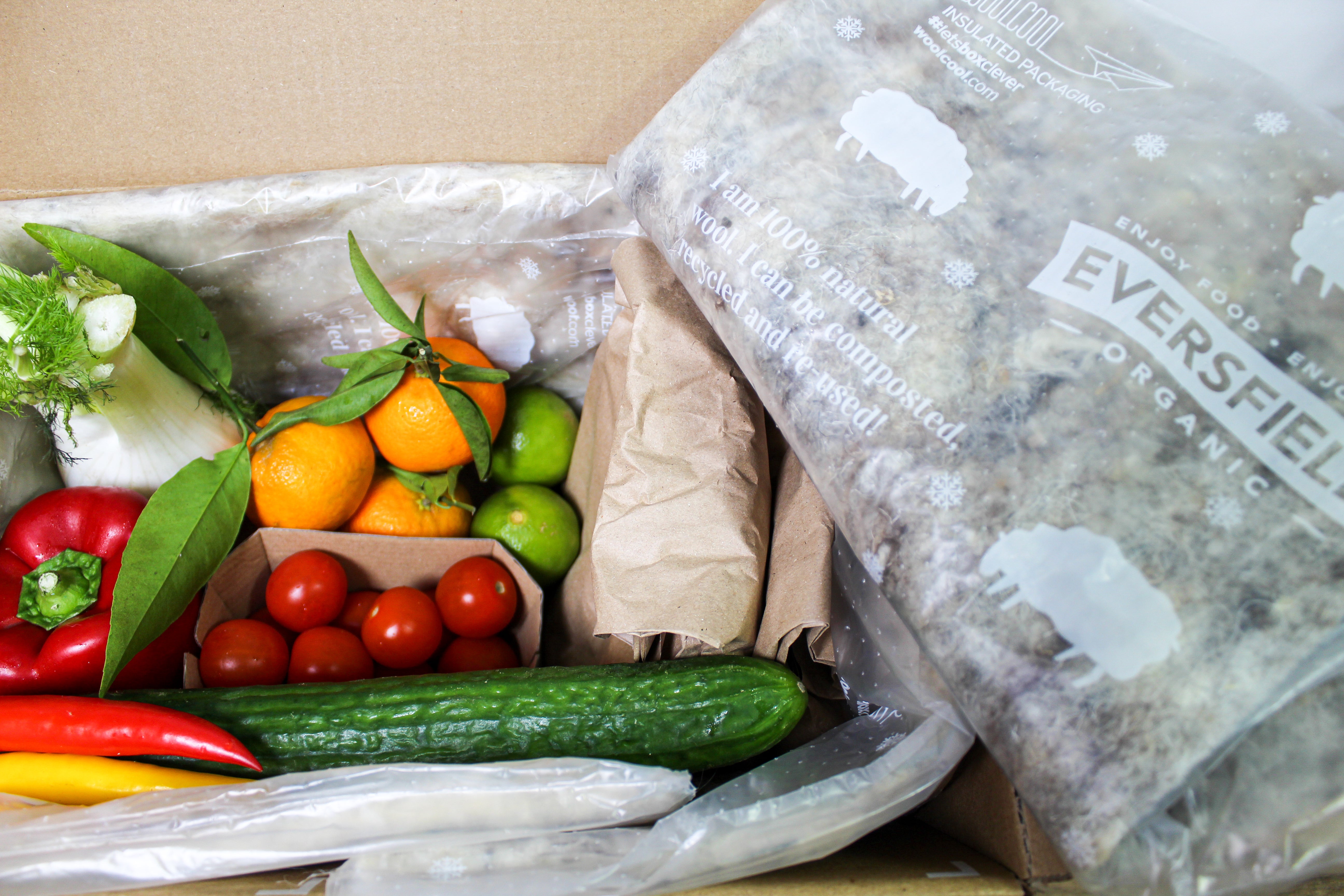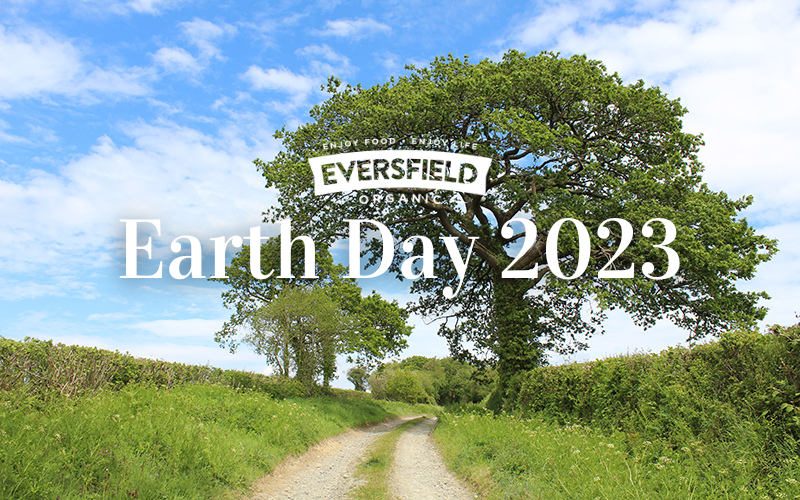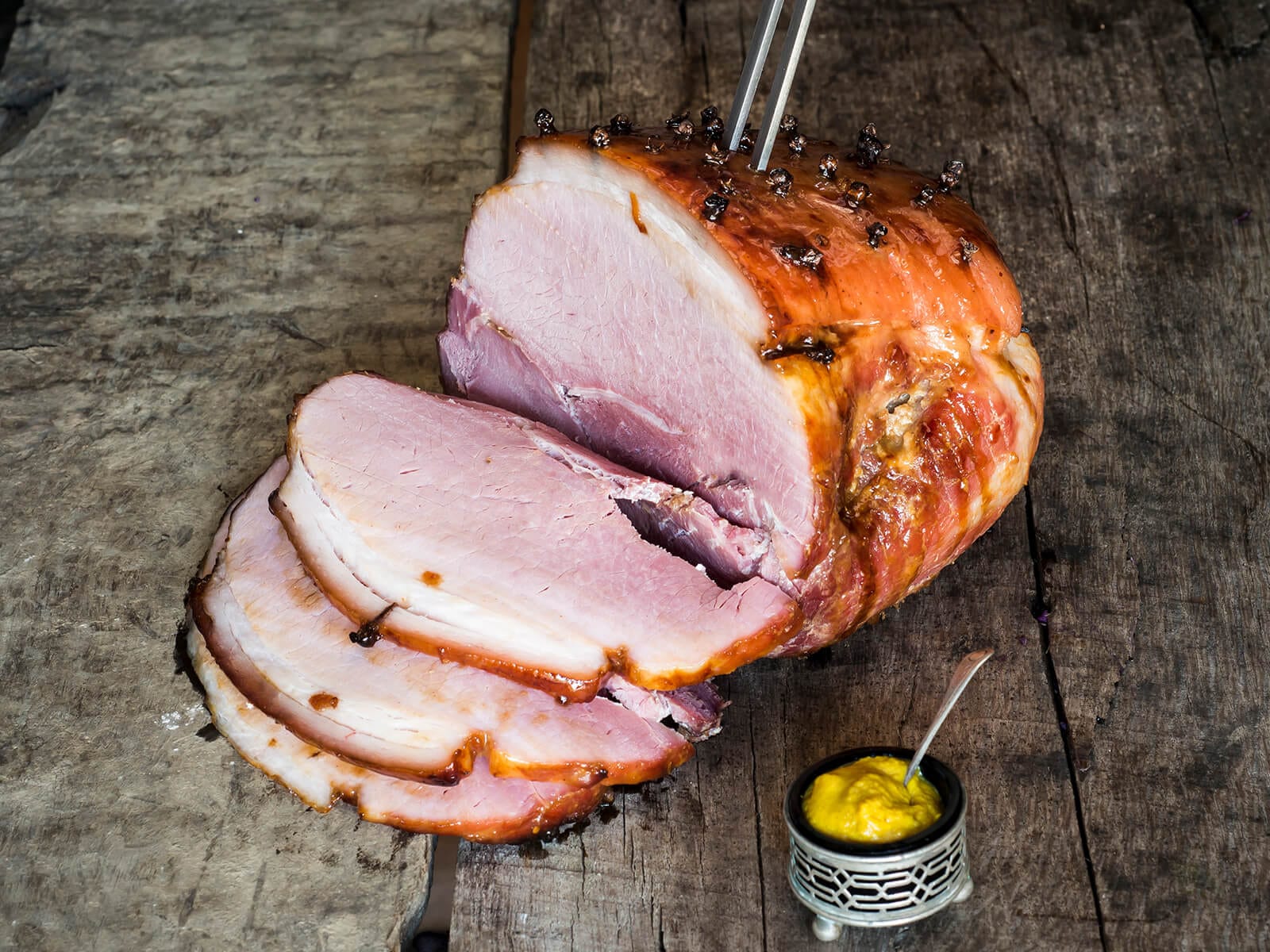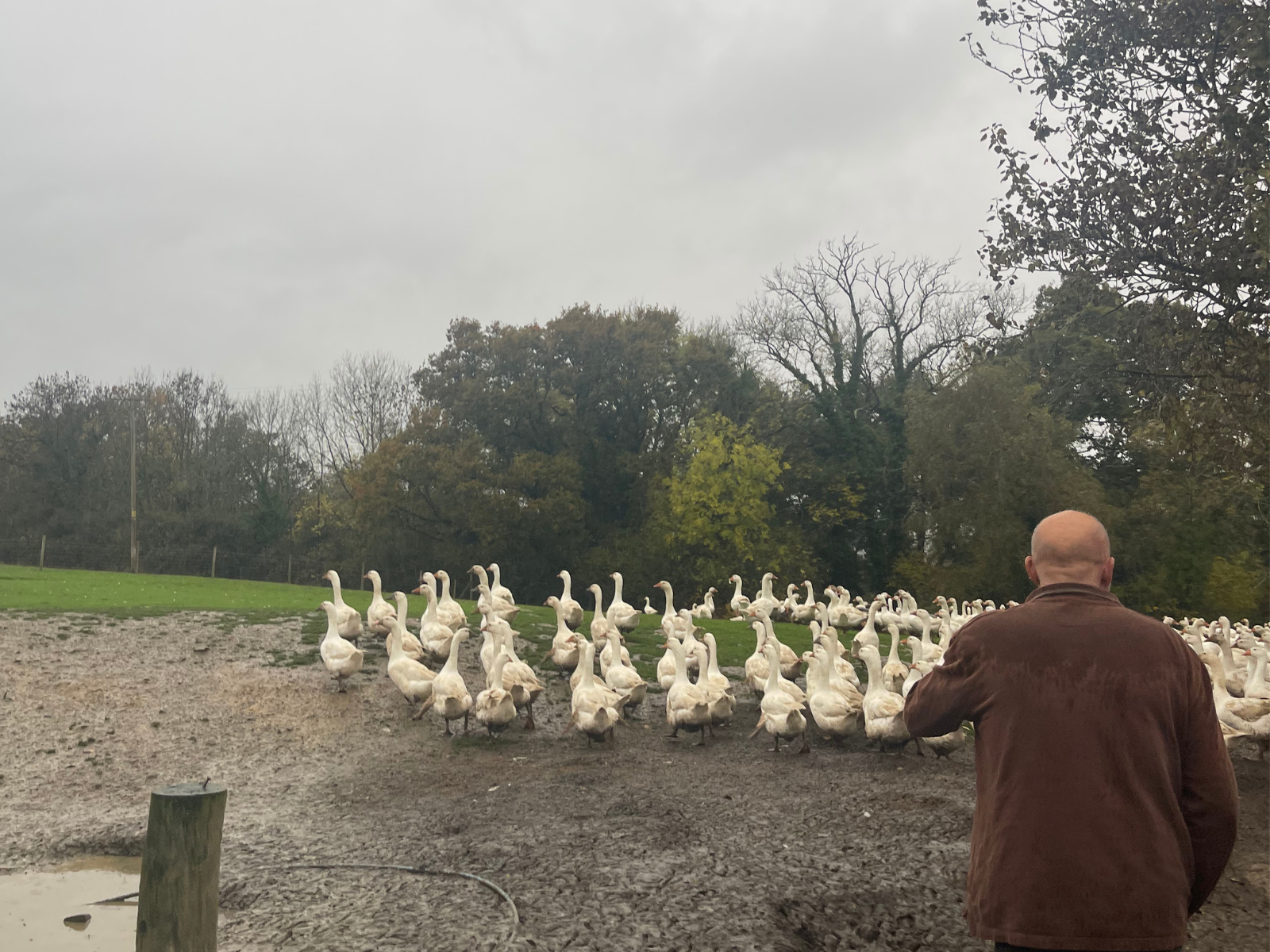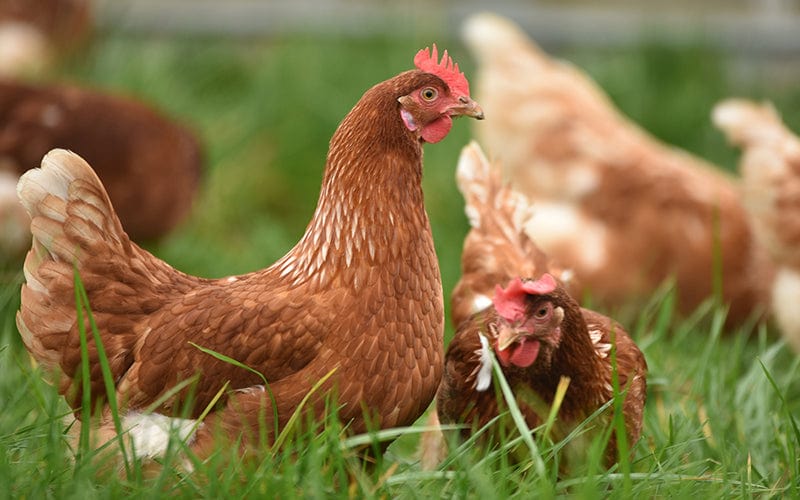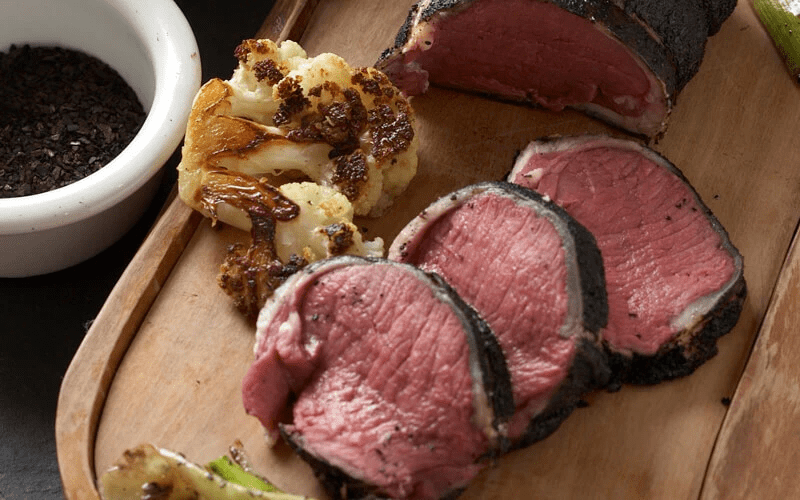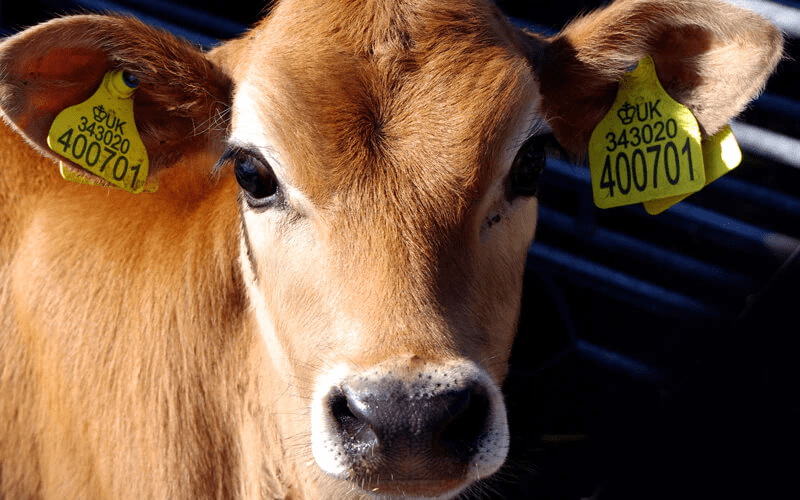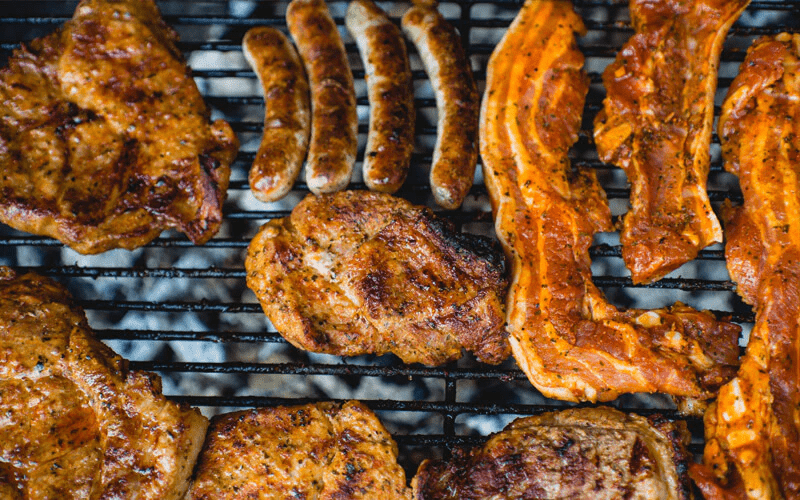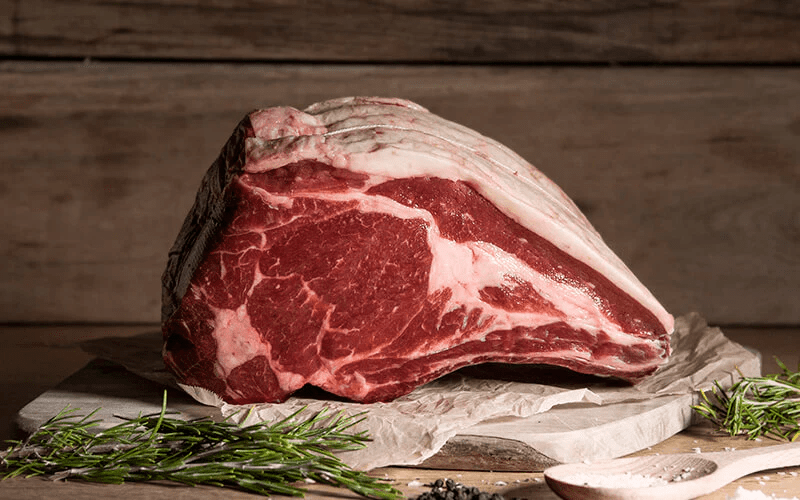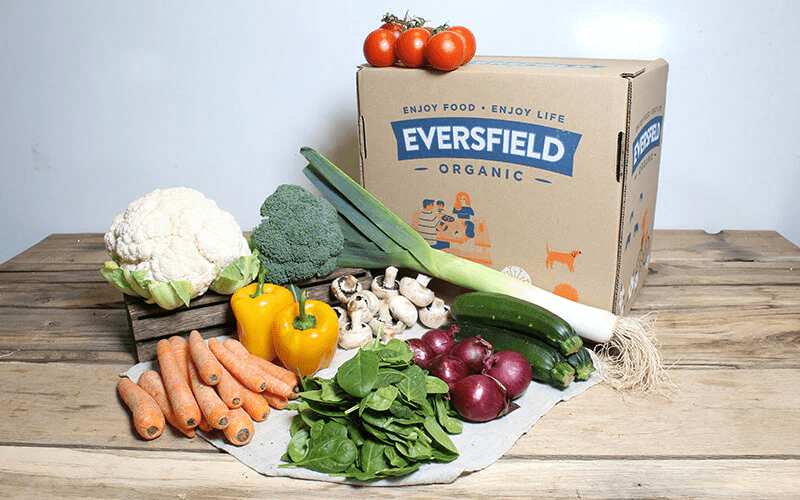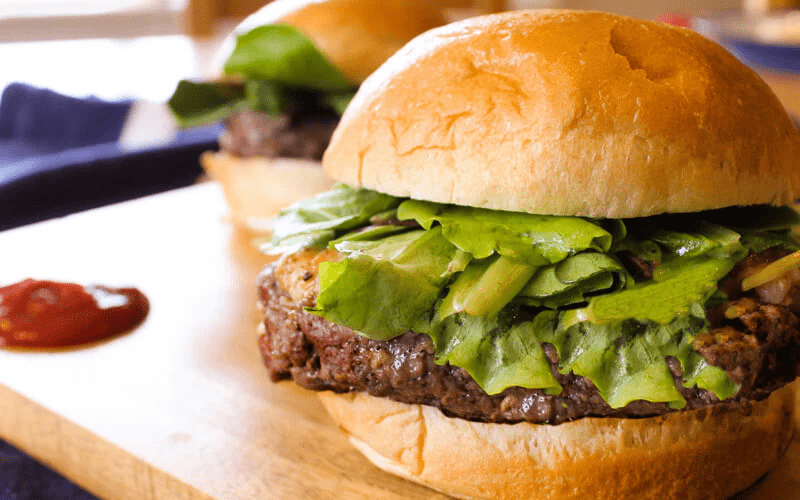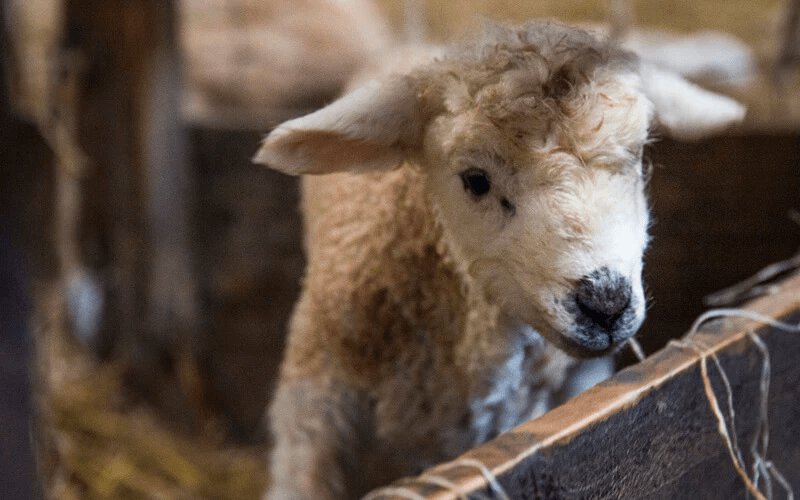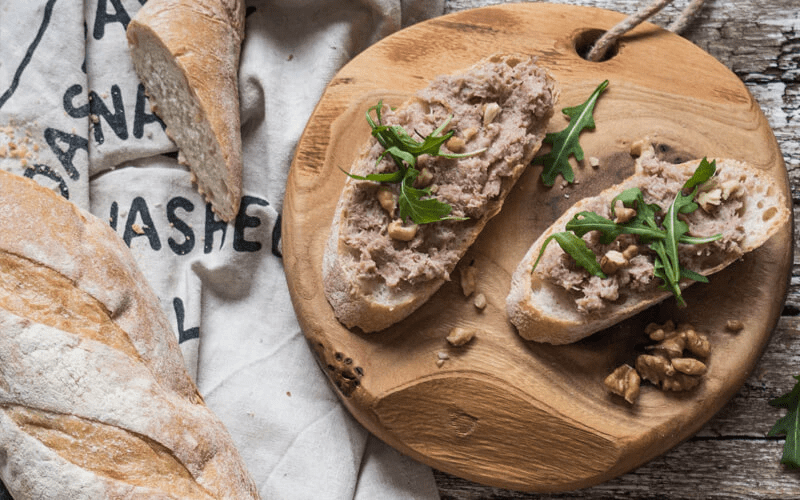Everything you need to know about grass fed beef
For just three simple words, there’s a fair chunk of information to unpack when it comes to grass fed beef. Luckily, you’re in the right place.
We have extensive experience in taking care of our livestock. We also supply our award-winning produce to thousands of wonderful customers across the nation. This has given us an extensive understanding of farming. So, without further ado here’s everything you need to know about grass fed beef.
The Process

Image: Our herd are perfectly built for the environment.
Years of breeding and diet tampering in grain fed cattle have resulted in many modern cattle breeds. These breeds are not genetically equipped to produce high-quality beef when fed only grass. A good breed for grass-fed animals should have a small frame, short legs, and strong hindquarters. This combination of characteristics makes a winning combination.
In association with the Rare Breeds Survival Trust, we were able to rear our native rare breed Aberdeen Angus herd. These guys are short, sturdy, and perfect for the organic, grass fed lifestyle that we give them! It's always great having more of these beautiful, natural, traditional British breeds roaming around the land.
Farmers must follow specific regulations when adhering to grass fed standards. The herd will be free to roam grassy pastures when the seasons permit, before being moved inside during winter.
In certain times when fresh grass is not available, cattle will be fed dried grass. This grass, known as silage or haylage, is mowed, raked, and baled around June or July each year. Our family farm provides our animals with a 100% organic, grass-fed diet throughout the year. We believe this is the way nature intended.
Is being grass fed better for the animal?
Definitely. Although grass is mostly water, its dry matter is made up of protein, carbohydrates, fibre, essential fatty oils, vitamins, and minerals. Sounds like a balanced diet, doesn’t it? That’s because grass has everything a cow needs.

Image: Our cattle have everything they need, even some wild friends!
Cows have four stomachs and strong digestion systems, which allow them to digest lower quality grasses. This is in contrast to the gourmet-standard organic grass available on our farm. The makeup of our grassland means that we give our herd an extra nutritious kick with protein-packed clover and digestion-aiding ryegrass rife in our paddocks.
The hardy nature of our herd means they thrive when outside, soaking up the sun and chewing their way through our pastures. As grass fed cattle roam the land to their heart’s content, we’ve no doubt they’re happiest in their natural environment and the playful jumps and bucks we witness regularly prove our point. Further, we practice slow-rearing, ensuring our animals are given more time to enjoy their lives when compared to their conventionally reared counterparts.
Due to their natural, active lifestyle, disease is rare in grass fed herds. This is perfect for our organic setup as we don’t use any antibiotics while rearing our cattle. Hayek and Garrett (2018) agree that a shift to exclusively pasture-based rearing methods would likely result in a higher standard of animal welfare throughout farming.
Is grass fed beef better for me?

Image: Find all of our favourite cuts, hand-butchered in our farm shops.
Undoubtedly yes. We know that beef is a fantastic source of protein, and this is true for both conventional and grass fed. However, the real nutrition differences between the varieties can be seen when looking at the fat breakdown.
High amounts of saturated fat (SFAs) can result in raised low-density lipoprotein (LDL) cholesterol which in turn is linked with a higher risk of heart disease. Well, that was a mouthful, but if you’re still with me you’ll understand this is bad news if you're looking to boost your heart health.
A study by Bjorklund and colleagues (2013) found that SFAs in organic beef were 23% lower than those in conventional beef of the same breed. A similar study comparing pasture-fed and non-pasture-fed Angus heifers (similar to our own herd) supported these findings, with 30% lower SFAs in the pasture-raised group (Davis et al, 2022).
Contrastingly to SFAs, omega-3 fatty acids (OFAs) have some fantastic health benefits and are frequently under-consumed in the average human diet. These benefits can include reduced risk of cardiovascular disease, lower blood pressure, less inflammation, less risk of dementia, delayed mental cognition decline, and increased foetal brain development. Thus, finding ways to up your intake of these essential OFAs is almost certainly a good idea.
A study which compared three herds of Aberdeen Angus cattle (just like ours) reared on grass, grass silage and concentrates, or only concentrates discovered a significantly higher level of OFAs in the beef from the grass fed herd. Add to this the benefits of the organic diet our cattle are fed and it’s easy to see why we rave about our beef!
In addition to the fat-based benefits, grass fed beef has been accredited as a richer source of vitamin A, which plays a key role in maintaining immunity, vision, healthy vision and reproduction. Further, higher levels of vitamin E are also present, also important for immunity and vision, as well as keeping skin healthy.
Is grass fed beef better for the environment?

Image: Our herd definitely do their part for the planet.
The environmental impact of red meat is a hot topic. An analysis by R T Pierrehumbert and G Eshel (2015) found that suitably designed grass fed systems have very low carbon dioxide emissions when no deforestation is involved in producing the pasture. So, this method of beef production produces less irreversible warming, an important consideration when choosing your food in today’s climate. Feeding our herd a 100% grass fed pasture diet also helps them create less methane, another win!
In terms of battling deforestation, when Mark, our founder and director, first set about turning our Dartmoor farm organic, he planted over 30,000 trees and restored mile upon mile of hedgerow. This has reinvigorated our countryside with natural wildlife biodiversity now at a high.
If you want to take your environmental considerations to the next level, ensuring your grass fed beef comes from an organic certified source is imperative. The premise of using no harmful herbicides, pesticides, or chemical fertilisers at any stage of the process has tremendous benefits for the environment. In fact, for every 1% increase in organic soil matter, it is estimated an extra 20,000 gallons of water can be stored per acre. This is vital in preventing devastating catastrophes such as flash flooding.
Herding techniques such as rotational grazing also have their place in the organic system. Ensuring our grass fed herd doesn’t stay in a certain field for too long helps the top layer of soil stay nice and airy, which in turn promotes carbon sequestration. This is the process whereby the land draws carbon from the atmosphere, locking it into the soil and effectively chipping away at the ozone layer.

Does grass fed beef taste better?
Now this one is down to preference so we can’t back it up with facts per se. However, if you consider yourself a lover of beef then you’ll no doubt be able to distinguish the superior taste. Imagine your favourite cut of beef, just a softer, melt-in-the-mouth texture, unbeatable succulence, and a fresh, natural flavour.
What’s more, we’ve done the leg work for you, collating a number of our favourite recipes that help our organic grass fed beef to flourish. Tuck into mince, liver, steak and much much more!
Conclusion
That is, in fact, just about everything you need to know about grass fed beef. You now know the ethical advantages of the rearing process, why it’s better for the animal, why it’s better for your health, why it’s better for the environment, and finally why it tastes so good!
All that’s left to do is test the last point for yourself. Get stuck into an organic grass fed beef delivery and we’ve absolutely no doubt that you’ll be singing its praises in no time.



